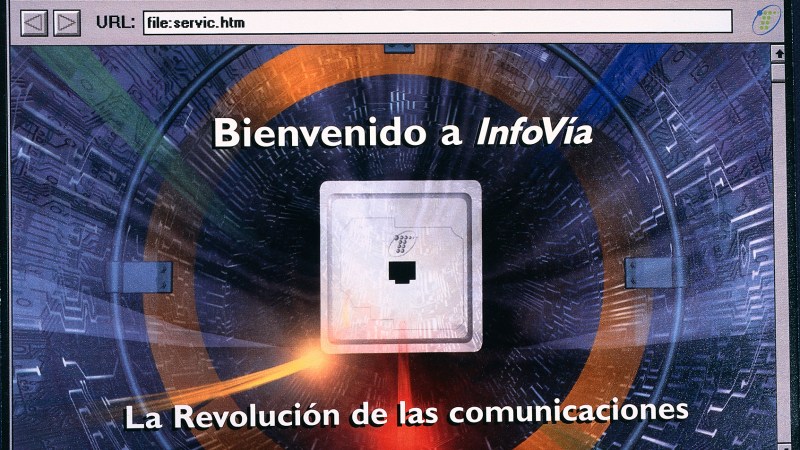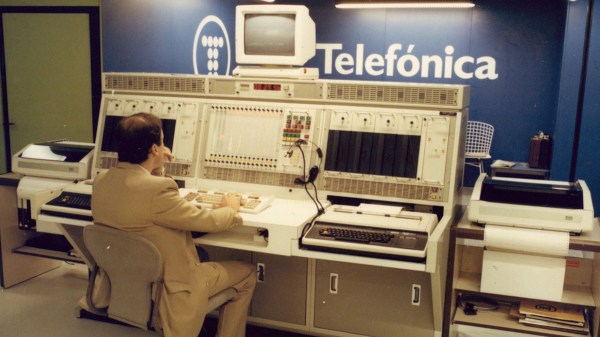A platform company

At the end of the 20th century, the basic telephone network allowed the connection of telephones basically to transmit voice.
It is true that there was also equipment that accessed certain data or information over this telephone network (fax, telex, or videotex). Large data users (companies, banks, etc.) had an independent data network (Iberpac or Ibermic) that allowed their computers to interconnect with each other, with their data processing centers or with other headquarters for the exchange of information.
The change originates when it is necessary to design some procedure to be able to provide connectivity to many users from their homes, equipped with personal computers, who also want to access other computers to obtain information, buy, play or simply exchange emails with other users in Spain or outside Spain in an easy, comfortable and cheap way.
To do this, Telefónica had to design:
- a Service that would allow each user to connect to the basic telephone network (RTB or PSTN) with their different personal computers
- a Service to facilitate the arrival of users to Information Service Providers (ISPs)
- a “Universal Service” for all of Spain, regardless of the Client’s location for easy access and at the lowest cost.
The provision of these services was a path with different stages that began in 1995 with the first Internet Access Service, the InfoVia Service, through the public switched telephone network (PSTN); It was improved in 1999 when the UNO IP network was launched to provide the InfoVia Plus Service, to arrive from 2001 with the extension of the ADSL Line. This path is described in this booklet.
Complete information
Related Content
Communication
Contact our communication department or requests additional material.
